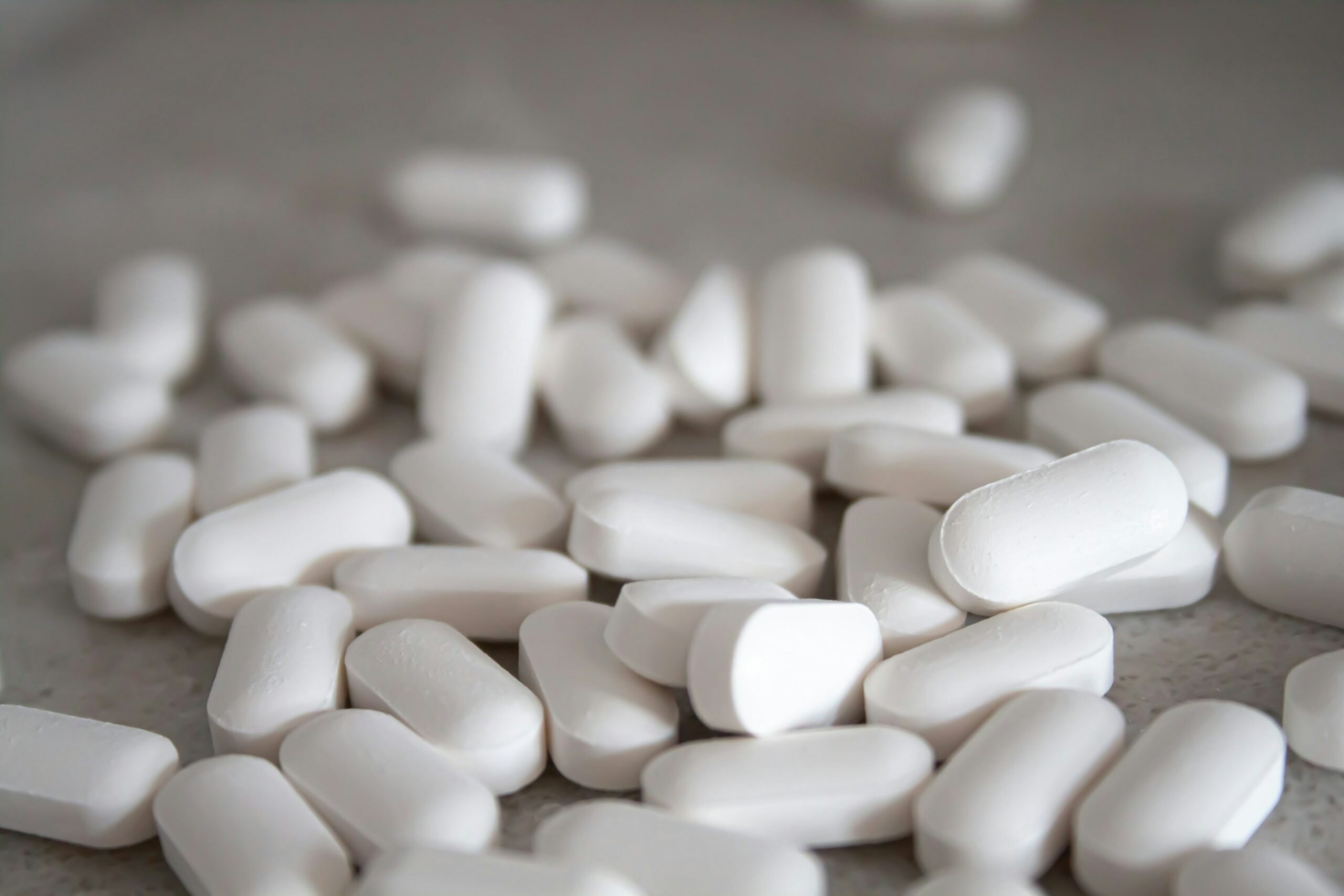
Prescription drugs, when used correctly, are essential in treating a wide range of medical conditions. However, the misuse of these medications has become a significant public health issue. Prescription drug abuse involves taking medication in a manner or dosage other than prescribed or taking someone else’s prescription. Read on as we shed light on the issue of prescription drug abuse, its impact, and the steps we can take to address it.
What is Prescription Drug Abuse?
Prescription drug abuse is defined as the use of prescription medication in a way not intended by the prescribing doctor. This includes taking higher doses than prescribed, using the medication for purposes other than prescribed (such as to get high), or taking someone else’s medication. Commonly abused prescription drugs include opioids, central nervous system (CNS) depressants, and stimulants.
- Opioids: Typically prescribed for pain relief, opioids such as oxycodone, hydrocodone, and morphine are highly addictive and can lead to severe physical dependence and overdose.
- CNS Depressants: Medications such as benzodiazepines and barbiturates are prescribed for anxiety and sleep disorders. Abuse of these drugs can result in drowsiness, confusion, and even respiratory depression.
- Stimulants: Prescribed for conditions like ADHD and narcolepsy, stimulants such as amphetamine and methylphenidate can lead to increased heart rate, high blood pressure, and addiction when misused.
The Impact of Prescription Drug Abuse
The consequences of prescription drug abuse are far-reaching and affect individuals, families, and communities. Some of the major impacts include:
- Health Risks: Misusing prescription drugs can lead to a range of health issues, including addiction, overdose, and death. Chronic use can damage vital organs and exacerbate mental health conditions.
- Mental Health Issues: Prescription drug abuse can lead to or worsen mental health disorders such as depression, anxiety, and psychosis. The cycle of abuse and withdrawal can also contribute to emotional instability.
- Social and Economic Costs: Substance abuse can strain relationships, lead to job loss, and increase healthcare costs. It also contributes to a higher incidence of crime and accidents, placing a burden on society.
- Impact on Families: Families of those struggling with prescription drug abuse often experience emotional distress, financial difficulties, and breakdowns in family dynamics.
Recognizing the Signs of Prescription Drug Abuse
It is crucial to recognize the signs of prescription drug abuse early to provide timely intervention. Some common signs include:
- Behavioral Changes: Increased secrecy, mood swings, and changes in social activities.
- Physical Symptoms: Drowsiness, slurred speech, poor coordination, or hyperactivity, depending on the type of drug abused.
- Psychological Symptoms: Increased anxiety, depression, or paranoia.
- Doctor Shopping: Visiting multiple doctors to obtain additional prescriptions.
- Unusual Use Patterns: Taking higher doses than prescribed, frequent refills, or using medication for non-medical reasons.
Addressing Prescription Drug Abuse
Addressing prescription drug abuse requires a multifaceted approach that includes education, prevention, treatment, and support.
- Education and Awareness: Raising awareness about the dangers of prescription drug abuse and educating patients on proper medication use is crucial. Healthcare providers should discuss the risks and safe use of prescribed medications with their patients.
- Proper Medication Management: Patients should follow their doctor’s instructions, store medications securely, and dispose of unused medications properly to prevent misuse.
- Access to Treatment: Those struggling with prescription drug abuse need access to comprehensive treatment programs that include medical detox, counseling, and behavioral therapies.
- Support Systems: Building strong support systems through family, friends, and support groups can provide the necessary encouragement and assistance for individuals in recovery.
- Policy and Regulation: Implementing and enforcing policies to regulate prescription practices and monitor prescription drug use can help reduce abuse. Prescription drug monitoring programs (PDMPs) are effective tools in tracking prescribing and dispensing patterns.
Prescription drug abuse is a serious issue that requires collective efforts to address. By recognizing the signs, understanding the risks, and providing appropriate interventions, we can help those affected by this epidemic find a path to recovery.
At Scottsdale Providence, we are dedicated to offering compassionate and comprehensive care for individuals struggling with prescription drug abuse. Our team of experienced professionals provides personalized treatment plans to help you or your loved one overcome addiction and regain a healthy, fulfilling life. Contact us today to learn more about our services and how we can support you on your journey to recovery.